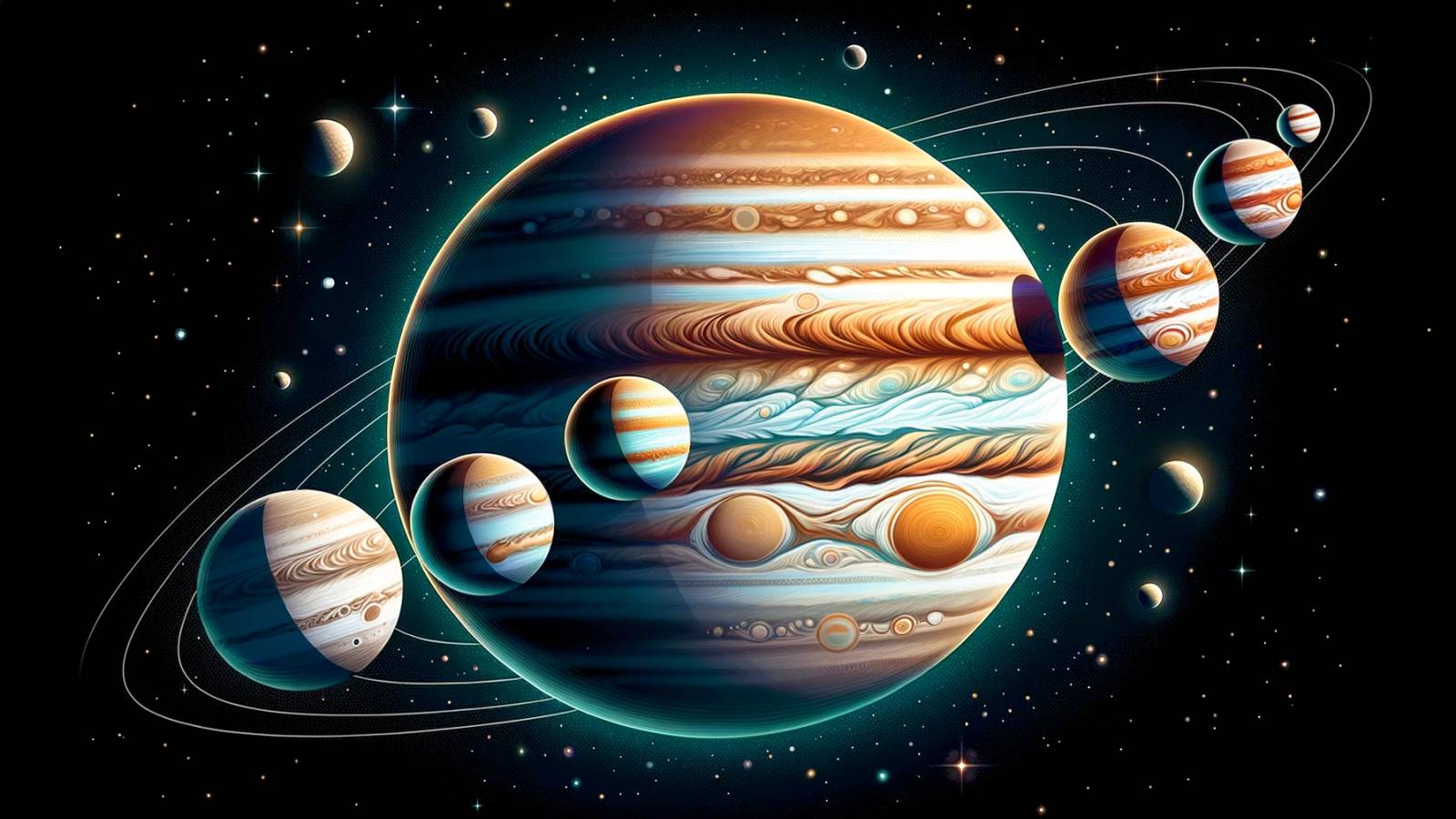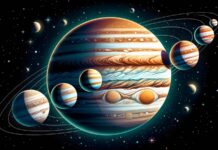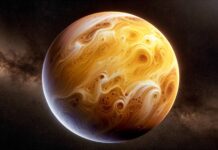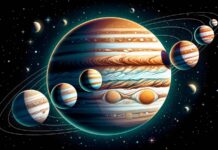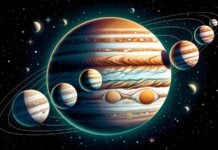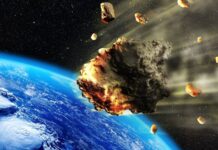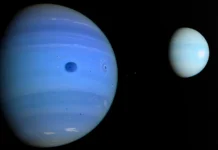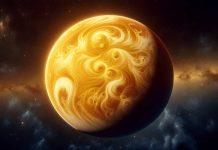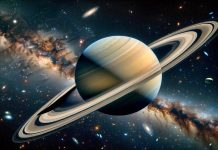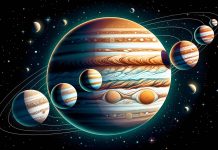The team, led by researchers from the University of Hawaii at Mānoa, studied what are called "side-slip faults" on the Jovian moon Ganymede - the largest moon in the solar system, larger even than the planet Mercury - and the moon of Saturn, Titan.
Such faults occur when fault walls move past each other horizontally, either to the left or to the right, a famous example on Earth being the San Andreas fault. It's like a huge crack, rift, or some type of crevasse in the ground.
Such seismic features are generated on these icy moons, scientists believe, as these bodies orbit their gas giant planets. The immense gravitational influences of the planets generate tidal forces that crush and squeeze the moons, inevitably flexing the surfaces of the natural satellites.
Plus, these tidal forces aren't very consistent because both moons' orbits are elliptical, meaning they're sometimes closer to Saturn or Jupiter. Other times, they are much further away. This in turn leads to even stronger tidal forces.
"We are interested in studying shear deformation on frozen moons because this type of faulting can facilitate the exchange of surface and basement materials through shear heating processes, potentially creating environments conducive to the emergence of life," said Liliane Burkhard, lead author of research and scientists at the Hawaii Institute of Geophysics and Planetology.
Saturn's moon Titan has surface temperatures of about minus 290 degrees Fahrenheit (minus 179 degrees Celsius). This is incredibly cold – cold enough that this month's water actually plays the role of rock. It can crack, deform and eventually form faults.
During its flybys of Titan, NASA's Cassini spacecraft was able to determine that this moon of Saturn may have oceans of liquid water tens of miles beneath its thick layer of ice.
Additionally, Titan is the only moon in the solar system with a dense, Earth-like atmosphere, meaning it has a similar hydrological cycle with clouds of methane, rain and liquid flowing across the surface to fill lakes and seas.
Because of this, Titan is already considered one of the few bodies in our solar system that could support life – as we know it, at least.
When NASA's Dragonfly mission (launching in 2027) reaches Titan in 2034, it will send a rotor lander to fly along the icy surface of this moon in an effort to hunt for those potential biological signatures.
That doesn't necessarily mean he'll be looking for bulging-eyed aliens, however. At the very least, the team hopes the lander will detect the chemical building blocks of life as we're familiar.
The Dragonfly mission is initial scheduled to land in the Selk Crater area on Titan, a region that is also of interest to Burkhard and team. That's because when calculating the stress exerted on Titan's surface by tidal forces, the researchers didn't just focus on the possibility of signs of extraterrestrial life on the ground.
They also explored the chance of the Selk crater region undergoing shear deformation to see if it was a safe landing option for the Dragonfly in the first place.
"While our previous research has indicated that certain areas on Titan may currently be undergoing deformation due to tidal stresses, the Selk Crater area would need to host very high pore fluid pressures and a low coefficient of crustal friction to have a cutting failure, which seems unlikely," Burkhard said.
"Therefore, we can safely deduce that the Dragonfly will not land in a sideslip trench!" Burkhard and his colleagues also examined the geology of the Jovian moon, Ganymede, to investigate the history of the body frozen by tidal stress. In particular, the team examined a bright region in northwestern Ganymede called the Philus Sulcus, which is composed of parallel sets of fractures.
The researchers basically analyzed available high-resolution observations of the area to find that there were varying degrees of tectonic deformation in bands of bright terrain that intersected with each other.


